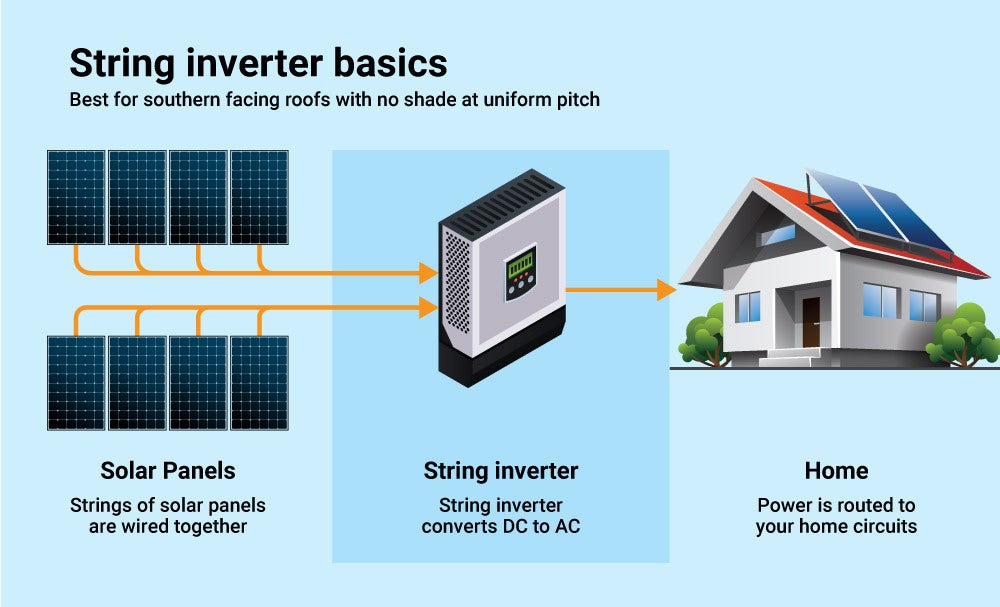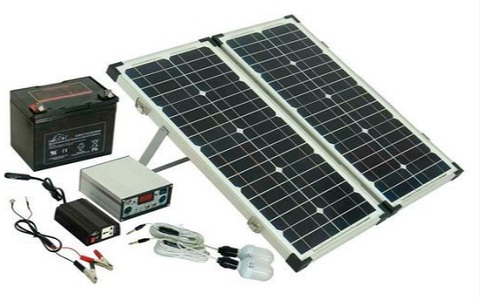Best Value & Quality Solar Energy Solutions. What are solar inverters? Fort Myers, Fl. For Free Consultation Phone us at Call (732) 907-8400
Some commonly asked questions
- What is a solar power system?
- What are the basic components of a solar power system?
- What is return on investment (ROI) of residential solar panels?
- Solar financing options: How do you pay for solar?
- What is a solar charge controller?
- Can you install solar panels yourself?
- What are the different types of solar batteries?
- What are the three types of solar inverters?
- What are solar mounting systems?
- What to know about a solar panel warranty
- What is solar leasing?
- How much energy does a house use?
- What is a hybrid solar system?
- What is a grid-tied solar system?
- What are solar trackers?
- What is a kilowatt-hour (kWh)?
- What are the steps to consider before installing solar panels?
- What are the 3 types of solar panels?
- How much energy does a solar panel produce?
- What is an off-grid solar system?
Fort Myers (or Ft. Myers) is a city in and the county seat[5] and commercial center of Lee County, Florida, United States. As of the 2010 U.S. Census, the population was 62,298 and in 2020 was 86,395.[4][6] Together with the larger and more residential Cape Coral, it anchors a metropolitan statistical area (MSA) which comprises Lee County and has a population of 770,577 in 2019.
The power generated by solar panels is dependent on the time of day, the season, weather and location. If you want more power during the day or at certain times of the year, a system that tracks the sun’s movement is your best bet. An Inverter is an electrical device used to change direct current – commonly called electricity – into alternating current.
The benefits of an Inverter are numerous: any home with an outdoor photovoltaic (PV) system can use an inverter to boost output from PV panels. Sunlight varies throughout the day and over the seasons, so having an inverter will automatically adjust the output from your system to match demand. Your inverter will keep track of various factors such as time of day, time of year, and location to optimize performance based on conditions. And if you have PV modules but no inverter, then there’s another benefit: installing an inverter lets you use some or all of your existing PV modules in lieu of new ones.
How solar inverters work in a PV system
A photovoltaic (PV) system is comprised of a number of solar PV modules. Each module contains a set of solar cells that convert sunlight into direct current (DC). A photovoltaic inverter is an electrical device used to change the direct current from a solar PV module into an alternating current or AC. The inverter uses DC power and converts it into AC power, which is sent to your home’s electrical outlets.
Solar inverters are designed to optimize energy production based on the time of day, time of year, and location. Solar inverters can track the angle of the sun throughout the day, adjusting the output accordingly and ensuring peak production during peak hours. They also take into account factors such as weather conditions and seasons by tracking temperature, humidity, light levels, wind speed, and more.
Many times you won’t need an inverter if you already have some or all your solar panels installed – in this case, you’ll need to pay attention to what type of equipment you’re installing with them in terms of voltage and amperage.
How Do You Choose A Solar Inverter?

There are a few primary factors to consider when choosing a solar inverter.
-Output capacity: This is the maximum power output of your inverter.
-How much area does it cover?
-Is it mounted on tracks or can it tilt?
-Is there an option for grid-tied or off-grid operation?
-Does it require a separate circuit breaker box?
-What other features are included with the purchase of the device?
-How long will the warranty last?
How much power does a solar inverter use?
An inverter is an electrical device that takes direct current (DC) and converts it into alternating current (AC). AC goes through a transformer and then onto your home’s electrical system.
The amount of power an inverter uses depends on the size of your system, but at maximum output, the inverter will use about 2-3% of your total annual energy usage. If you have a small system, expect the inverter to use less than 1% of your total annual energy usage.
An inverter for a typical 3 kW PV system can cost between $800 and $1,500 depending on how many modules it includes.
What Is The Difference Between String Inverters And Microinverters?
String Inverters
String inverters are the most common type of inverter found in residential PV systems. A string inverter is a device that converts the direct current (DC) output of a solar panel into an alternating current (AC) that can be fed into the home’s electrical grid.
String inverters are typically mounted on the side of a house or on a pole in the yard. They are connected to the PV array via long lengths of DC wiring, which are strung together like a string of Christmas lights.
String inverters are the simplest and most cost-effective inverter options for small to medium-sized PV systems. They are also the most reliable type of inverter, with fewer parts that can break or need repair.
Microinverters
Microinverters are a newer type of inverter that is becoming more popular in residential PV systems. Microinverters are small devices that are mounted directly on each solar panel.
Each microinverter converts the DC output of its associated solar panel into AC power. The AC power from all of the microinverters is then fed into the home’s electrical grid.
Microinverters offer a number of advantages over string inverters. First, they allow each solar panel to operate independently, so if one panel is shaded, the others can continue to produce power.
Second, microinverters can increase the overall power output of a PV system by up to 25%. And third, they can make the system easier to expand in the future, since additional panels can be added without having to rewire the entire system.
The main downside of microinverters is their higher cost. But as PV systems continue to get larger and more complex, the extra cost of microinverters may be worth it for the increased flexibility and performance they offer.
How Much Does Solar Inverter Cost?

Prices and features will vary, but the average cost of a solar inverter is $1,000 to $1,500. There are many factors that go into determining the pricing of an inverter: wattage, the type of inverter (mono or poly), how often it’s used, and more.
How Long Do Solar Inverters Last?
An inverter lasts between 10-15 years and is generally replaced or upgraded during the first year of use. After that, you’ll just need to update any firmware or software updates.

